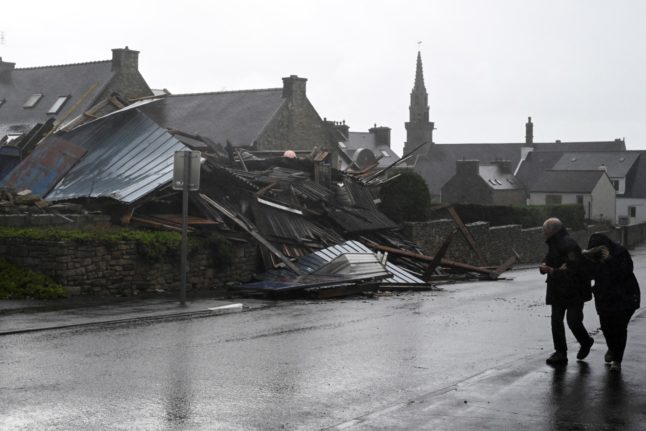The new rules will go into effect on October 1st.
In Sweden, mortgages represent the largest portion of total indebtedness among households. The move is designed to increase consumer protection and suppress an unhealthy development on the credit market, FI said in a statement.
“We are now imposing a limit of 85 percent for new loans. One of the reasons is that we have had extremely strong growth in lending in recent years, which has continued to rise through the crisis,” said Martin Andersson, FI’s director general.
“There is also a risk that banks are using increasingly higher mortgage rates that are competitive and we want to avoid putting households at risk. This is a regulation that will protect the most vulnerable, while the vast majority are not affected,” he added.
The rules aim to counteract the use of higher loan-to-value ratios by banks and other credit institutions as a means of competition. Overly high indebtedness means that households are less equipped to handle fluctuations in the housing market and the economy.
The new guidelines hope to increase household incentives to limit debt and better protect themselves financially for the future. FI believes that the rules will not have any significant price effects on the housing market.
Critics have argued that the mortgage ceiling can have large price effects on the housing market. However, FI does not share that assessment.
“There will be a higher interest cost, that is clear,” said Lars Frisell, FI’s chief economist. “However, we believe that the effects are extremely limited, both in terms of interest and price.”
Criticism has also been directed at the price ceiling that keeps young households out of the housing market in large cities.
“They are the most affected,” said Frisell. “However, they are also the ones we want to protect. The housing shortage in big cities is not remedied by the fact that mortgage rates are rising.”
One critic is the National Debt Office (Riksgälden) and its chief economist, Lars Hörngren. He believes the size of household loans is the greatest concern, not the size of the mortgage.
“We believe that the fundamental problem is debt, not mortgage,” he said. “It is a difficult problem to address and it will not be solved by this measure, “says Hörngren. “Some perhaps will borrow less, but others will borrow just as much and will have to pay more. The impact on consumer protection is unclear so far.”
The new rules only apply to new loans or extensions to existing loans that use the home as collateral. The reissuance of existing loans or new credit to replace previous loans issued by another company are not subject to the rules as long as the total credit is not extended.



 Please whitelist us to continue reading.
Please whitelist us to continue reading.
Member comments